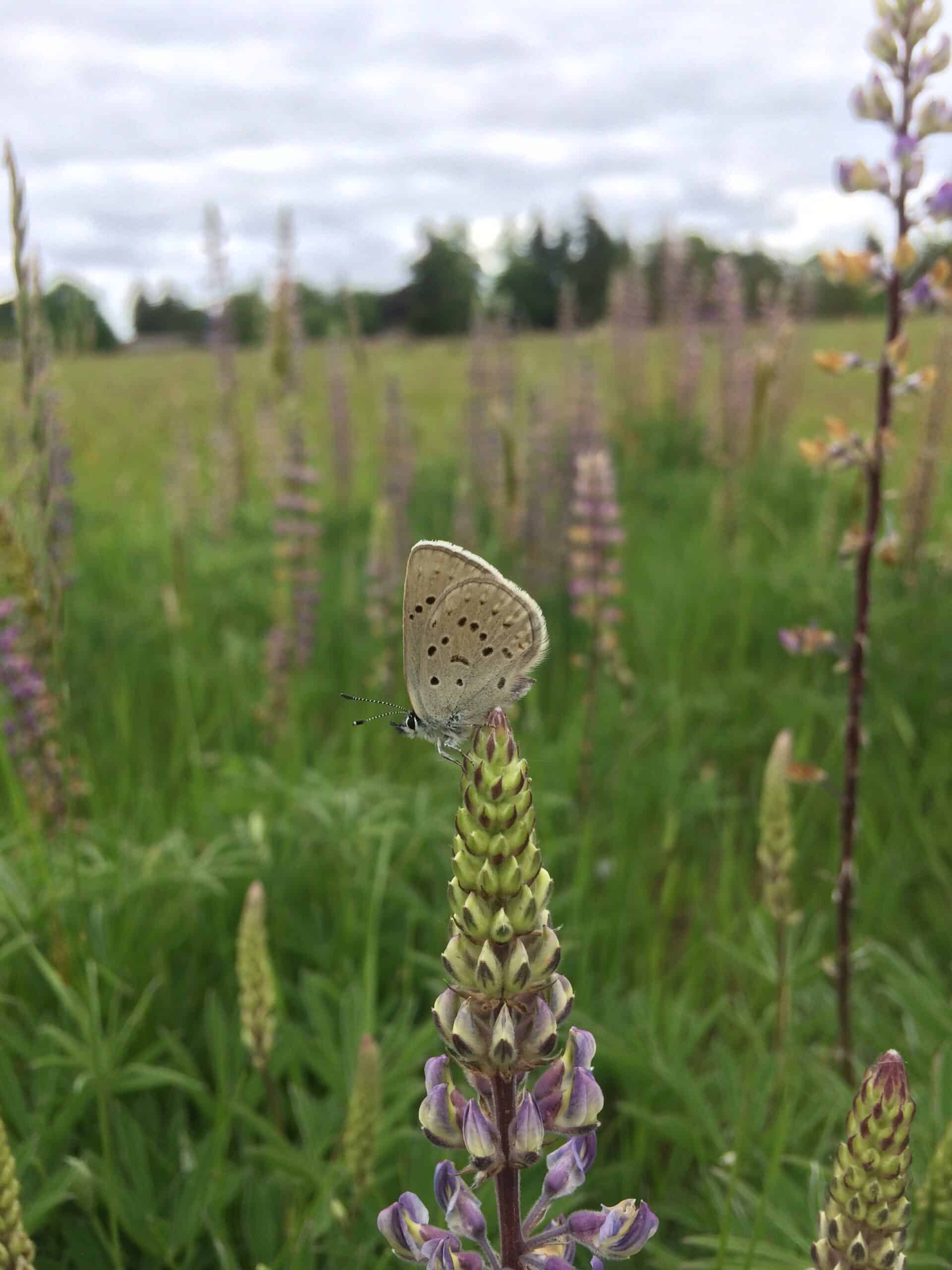Share this article
Researchers discover hummingbird hybrid zone
Two closely related species — Allen’s (Selasphorus sasin) and rufous hummingbirds (S. rufus) — are interbreeding in a newly discovered hybrid zone spanning from Northern California to southern Oregon.
Around 2013 to 2014, researchers were having difficulty determining which hummingbird species were on recordings since they sounded like a mix of the two, and suspected this may mean they were hybrids. After driving out to Oregon, they confirmed this was the case, but they still didn’t know if these were random instances or if it was a hybrid zone.
But in a study published in The Auk: Ornithological Advances, researchers confirmed a a hybrid zone has emerged. Observing male hummingbirds at feeders where females were kept nearby in mesh cages, the researchers analyzed the males’ courtship behaviors to try to determine which species was which.

A rufous hummingbird displays courtship behaviors. ©Brian Myers
Both species perform specific dives that create unique sounds due to the shape of their tail feathers, said Brian Myers, a PhD candidate at San Diego State and the lead author of the study. “They fly 20 meters in the air, dive down and spread their tail feathers, and when they reach a critical velocity where there’s enough wind resistance, it generates the sound. The sound is different for each species.”
Myers and his colleagues recorded this behavior as well as data on physical traits of 300 hummingbirds in the region to determine which ones were Allen’s, which ones were rufous and which ones were likely hybrids. They found most of the breeding males in the region had a mix of characteristics between the two species.
After reviewing the data, Myers and his colleagues determined the hybrid zone where both species interbreed is more than 300 kilometers along the Pacific Coast and 90 kilometers inland. “It’s a lot larger than I thought it was going to be,” Myers said.
They also determined that there were more rufous-like hummingbirds in the north and more Allen’s-like hummingbirds in the south.
The team worries that migratory Allen’s hummingbirds in particular may be negatively affected by such a large hybrid zone because their range is already small. They suspect this may already be the case due to preliminary genomic data and the fact that they found several hybrid populations in an area historically known as a breeding range for Allen’s hummingbirds.
Myers and his colleagues believe that sexual selection has been driving the hybridization of the two species, which he said has likely been going on for 10,000 years. “That’s a long time for us,” he said, “but not that long in evolutionary time.’
While he said sexual selection likely led the hybridization, he thinks habitat disturbance may also play a role. “Hybrids tend to do far better than parent species when they are in intermediate disturbed habitat,” he said. He plans to look further into if hybridization is also a byproduct of habitat alteration.
Header Image: Allen’s and rufous hummingbirds are hybridizing on the Pacific Coast. ©Brian Myers








